Although we are in the high summer season, and the Black Hills were filled with tourists in the weeks just after Memorial Day, we managed to find many, many locations of relative solitude and incredible beauty in this large wilderness.
Custer State Park
The focal point of our visit to the Black Hills was Custer State Park, one of the most impressive state parks in the country. Thanks to a lack of planning on my part — I truly had no idea how popular and stunning this area is — I wasn’t able to reserve a continuous block of nights for camping. Instead, we ended up staying at three different campgrounds within Custer State Park (Stockade Lake South, Grace Coolidge, and Legion Lake) during our 11-night visit to the Black Hills. This actually worked out well, giving us a chance to experience several of the different terrains within the park.
Custer State Park got its start as a state forest in 1912, making it one of the oldest state parks in the country. At 71,000+ acres, it is also one of the largest. Custer’s huge area stretches from exposed and weathered granite peaks on the northern end to gently rolling grassy prairie on the southern end. In between are forested mountains, deep valleys, and winding streams. The park has several very scenic lakes which were created by dams built by Civilian Conservation Corps workers in the 1930s. Traveling around the park was just a feast for the eyes, with so much variety in the scenery around every corner.
Part of what makes the Black Hills unique is their position at the crossroads between east and west. Western species like Ponderosa pines share the tree canopy with eastern forest staples like birch and oak trees. Similarly, birds of the eastern and western parts of the continent both live here, making it extra difficult to identify the different species.
We noticed a lot of dead and dying pines in several different areas of the park. At first I was worried that the forest is being killed off by the dreaded mountain pine beetle, but upon closer examination it appears that the dead pines fell victim to fires. In some cases these were wildfires, but the park staff also uses prescribed burns to help keep the pine forests from completely filling up the prairie that the grazing animals depend on.
Wildlife Galore
The park teems with wildlife, which is the reason Wildlife Loop Road is one of the park’s top destinations. The biggest draw of the park is the huge population of grazing mammals, headlined by the 1,300+ bison that are members of one of the largest publicly owned bison herds in the country. The park is also home to substantial populations of elk, pronghorns, deer, bighorn sheep, and mountain goats, along with smaller creatures like birds, prairie dogs, and marmots.
Since we were camping inside the park, it was easy to get up early several times during our stay and drive down State Road 87 and onto the Wildlife Loop Road to check out the animal activity. Every single time we were rewarded with many, many sightings of the big grazers. And the best part was that we usually saw only a handful of other cars during each of these several-hour morning drives.
It was really thrilling to see so many bison. They were everywhere – in the prairies, on hillsides, and walking down the roads. Even better, the herds were full of cute fuzzy baby bison. While today’s bison population is just a tiny fraction of the 60 million that once roamed the Great Plains, it’s fantastic to see these majestic mammals taking a place of prominence in protected park areas. Custer State Park manages the herd very actively, rounding them up every fall to administer vaccines and select animals to be auctioned off so that the herd size stays at a level that can be supported by the forage available in the park.
The main big animal we never spotted was elk. I have no doubt they are everywhere in the park, and they are just invisible to our untrained eyes. Our least favorite animals were the “begging burros” that hang out along the Wildlife Loop Road nudging cars in hopes of getting handouts. Don’t feed wildlife, people!
Hiking
We absolutely loved hiking in the Black Hills, because every hike was scenic and each one showcased a different aspect of this varied ecosystem. Here’s a short overview of the hikes we enjoyed the most.
Black Elk Peak
The trail up to Black Elk Peak, formerly known as Harney Peak, starts in the northwestern part of Custer State Park and then crosses into the Black Elk National Wilderness. We were proud of the hard work it took to summit the peak, which at 7,242 feet is the highest point east of the Rockies. Despite struggling with the elevation – I prefer my air with slightly more oxygen, thanks – we were absolutely wowed by the stunning granite formations that line the entire trail. One of us, who shall remain nameless, took so many pictures he exceeded the memory limit on his phone.
And of course the views from the peak were gorgeous as well. We took a 7.5 mile round trip route that used trail #4 and trail #9 as a loop to maximize the different scenery, and we highly recommend both the trail and the route. Even though #9 to Black Elk is the most popular trail in the park, and we were visiting during the week after Memorial Day, we didn’t find the trail to be overcrowded. It was definitely the place where we saw the most other hikers, though; on all the other trails we saw few if any other people.
Prairie Trail
This three mile trail in the southern portion of the park traverses a prairie, as the name suggests. But it also travels through the watershed of a small creek filled with lush deciduous trees, a nice change from the open prairie environment.
Lookout Point / Centennial Trail Loop
During our visit to Wind Cave National Park, which is immediately south of Custer State Park, we not only explored the underground wonder of the cave – more on that later – but we also took advantage of the excellent surface terrain. Wind Cave preserves a pristine prairie environment and was one of the very first places were bison and pronghorns were successfully reintroduced to the wild after nearly being eradicated.
This is normally a 5 mile trail, but it can be turned into a 6 mile trail if you accidentally follow a game trail up a cliff and have to backtrack. The Lookout portion of the trail crosses high prairies filled with prairie dog towns. Their incessant barking makes you very aware of their presence and doesn’t seem to be the best defense mechanism. They are definitely cute little critters, though. The trail returns through a shallow valley complete with a stream, along part of South Dakota’s Centennial Trail.
Lover’s Leap
Located in the north-central portion of the park near the visitor center and the State Game Lodge, this popular 4 mile trail travels through several areas that were affected by recent and much older fires, and offers really nice views across the main axis of the park to the Black Elk Peak and Cathedral Spires area. The return of the loop runs along a grassy stream bed for a great view of granite formations from below.
Grace Coolidge Walk-In Fishing Area
We tackled this out-and-back trail, which totals 5 miles, directly from one of our campgrounds to see the park’s best trout fishing area. The trail itself is wide and fairly level, so it would be extremely easy but for one thing: the crossings. The trail crosses Grace Coolidge Creek 15 times (each way, so 30 crossings in total). During our visit the park had provided planks to get across the fairly deep and fast-moving stream, but they were still pretty precarious. It was worth the risk of getting wet to meander between the cliffs alongside the burbling stream.
Sunday Gulch
Our last trail was not the longest, but one of the more unique. It was only 4.25 miles, including the walk from the car to the trailhead. Early sections of the trail included scrambling up over rocks and seeing lovely vistas, the middle part of the trail was a fairly easy walk through a densely forested valley, and the final segment was a steep uphill section in which a waterfall is the trail. Fortunately there were metal handrails to help with the wet ascent!
We stayed 10 nights inside Custer State Park itself, and we either hiked, drove Wildlife Loop Road, or both just about every single day. All these photos represent just a fraction of our great experiences. We can certainly appreciate why President Calvin Coolidge spent a summer here in 1927, making this the westernmost Summer White House at the time. These illustrious visitors left their mark in the many place names that were changed to honor the president’s visit, and in the increased visibility of the Black Hills as a vacation destination, totally apart from the big headed statues. Unfortunately for anyone unlucky enough to be within earshot, this place makes me want to sing:
Oh give me a home, where the buffalo roam,
And the deer and the antelope play!
Wind Cave
We rounded out our visit to the Black Hills with a hike and an underground tour at Wind Cave National Park, the third major cave we’ve toured. This was the first cave to be designated a national park and is one of the most complex sets of interconnected underground passageways in the world. Like Jewel Cave a few miles away, Wind Cave was created by water dissolving away underground limestone layers over hundreds of millions of years. But because of relatively minor differences in the sedimentation patterns in the area, Wind Cave ended up sporting calcite formations that are completely different from Jewel Cave. Instead of the geode-like crystals that blanket the walls and ceilings at Jewel Cave, Wind Cave is famous for its “boxwork” and “frostwork.”
The boxwork is paper-thin strips of minerals arranged in an angular formation that looks somewhat like open boxes or honeycombs (or, if you’re hungry like me, phyllo dough). Boxwork is quite rare, and 95% of the known boxwork in the world is found in Wind Cave. The hard mineral deposits that make up the boxwork were left behind when softer limestone dissolved away over tens of millions of years, so in a sense the boxwork deposits predate the cave itself.
In contrast, the frostwork is still being made. As calcite-rich water seeps through the walls of the cave and the water evaporates, existing drops of calcite are gradually increased in size by the addition of new mineral. This slow process creates delicate frostwork formations resembling snowflakes, and is also the process by which the rounded popcorn features are formed.
We took a great ranger-led tour on the Natural Entrance Route, which was informative and fun. Also, since this is another “dead” cave with no life to be protected, the route was well-lit and generally not too treacherous. It was my favorite cave visit to date, and our 30th National Park Service unit.
Travel Thoughts
Surprisingly (to us, at least) we have really loved the last several weeks in South Dakota. I know there are even more amazing things to come on our journey, but this area has been a revelation. Part of what made it so great was that after our visits to a few of the must-see sights, we consciously chose to avoid things we knew we wouldn’t enjoy. That meant we took zero helicopter tours, and never shopped at any of the places in Custer selling tacky T-shirts, antlers and other animal parts, or Native American crafts. Instead, we mainly hiked and took early morning drives to look for animals. And we loved it! I think the lesson here is that while everyone has their own travel style, the key is to figure out what works for you and stick with it. I hope we’ll take the lesson to heart and continue to make our journeys as good as possible for us.
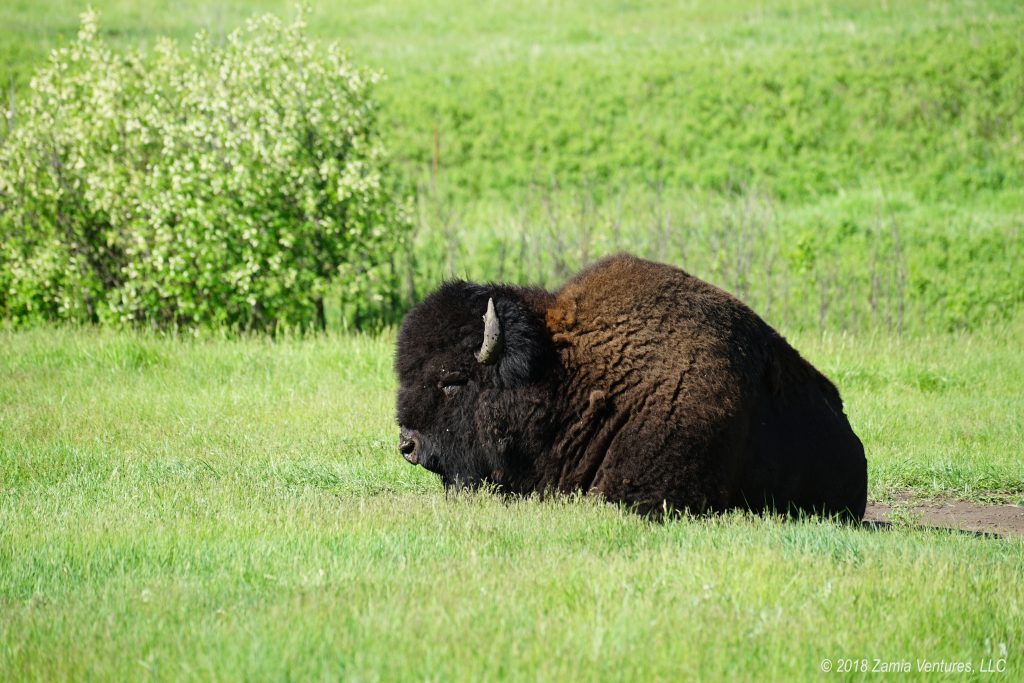
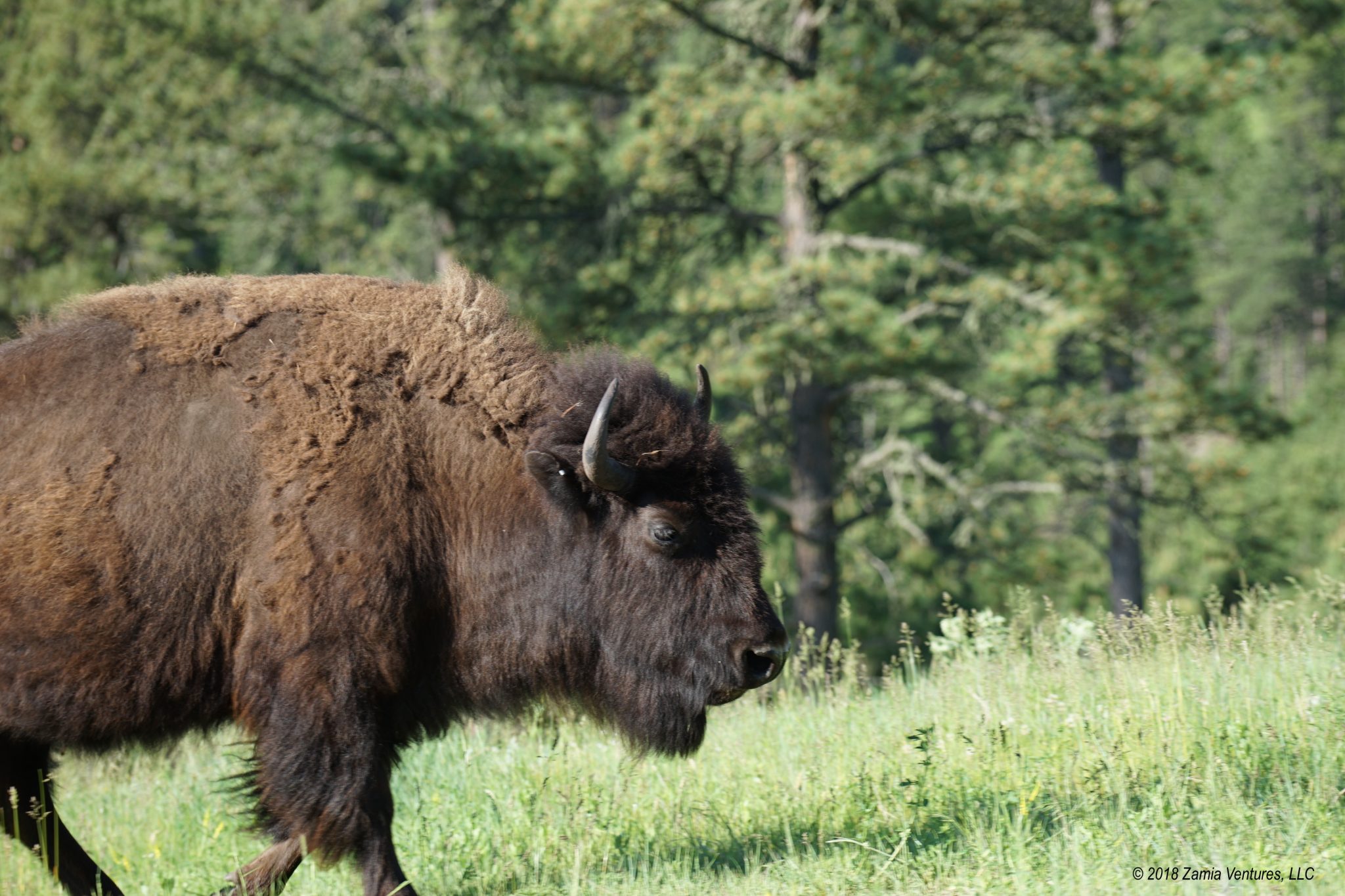
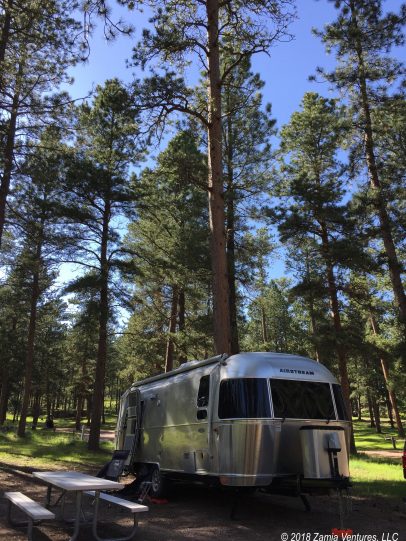
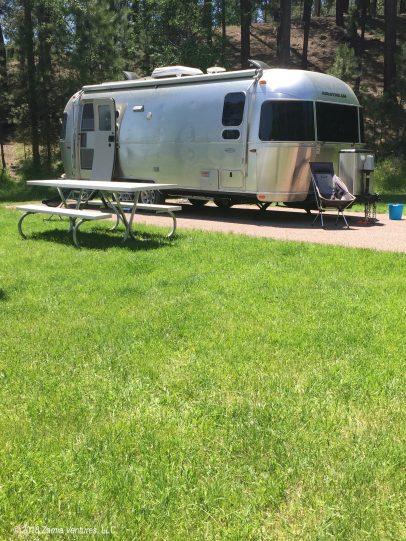
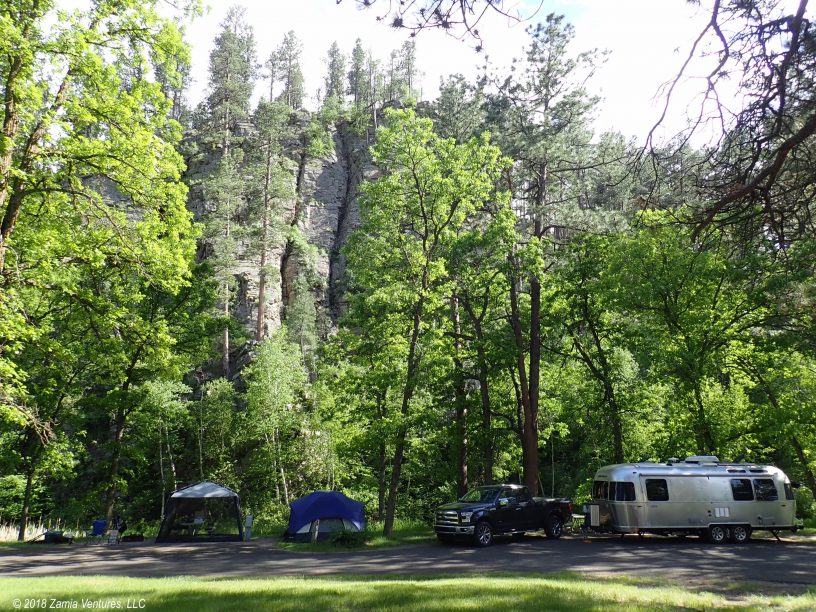
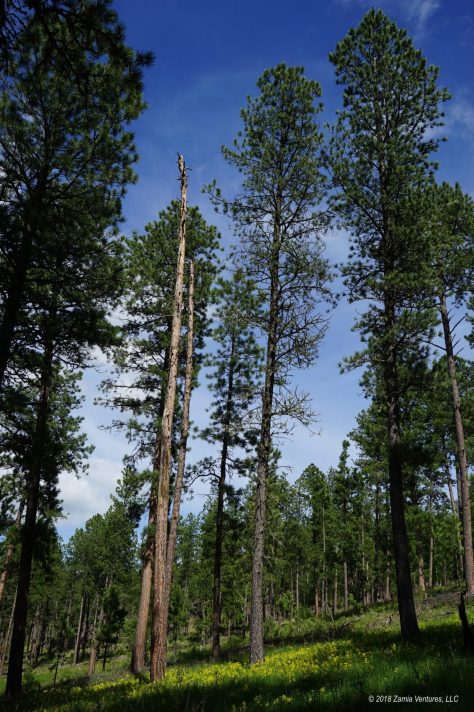
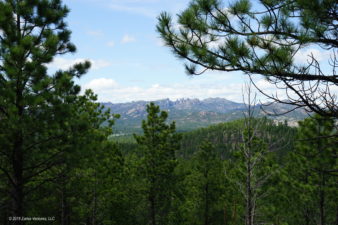
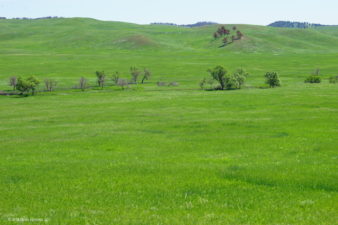
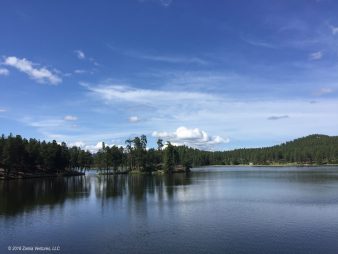
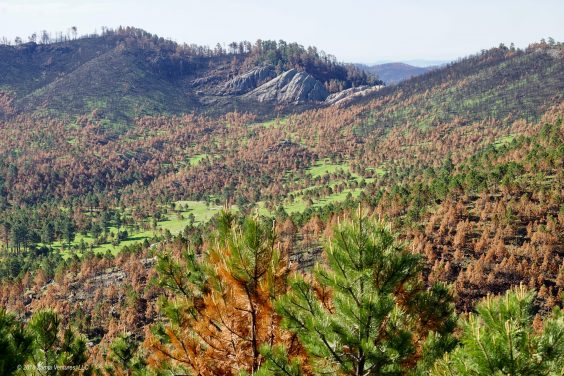
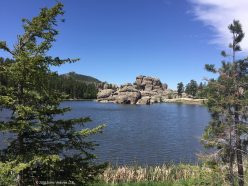
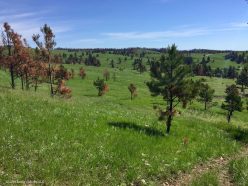
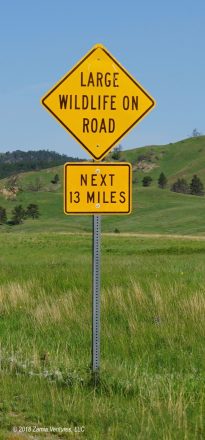
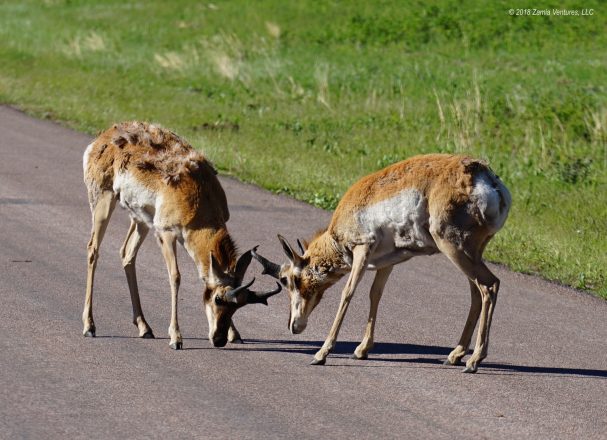
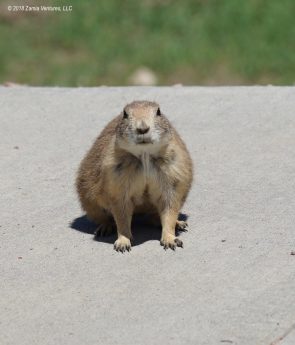
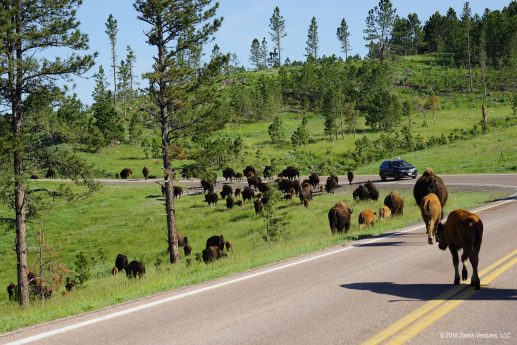
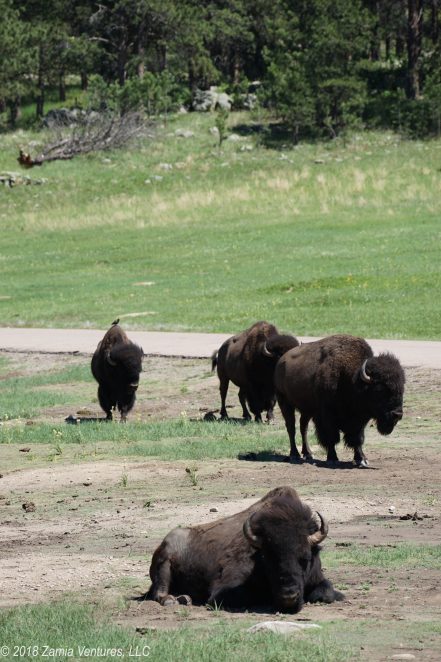
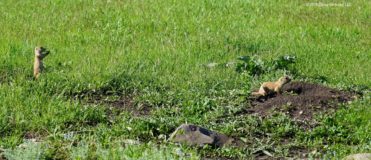
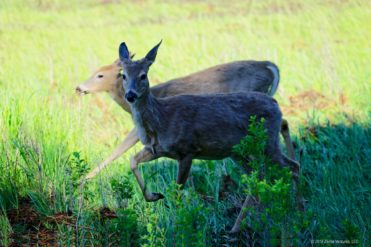
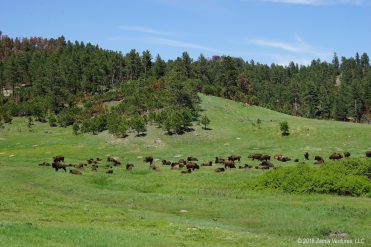
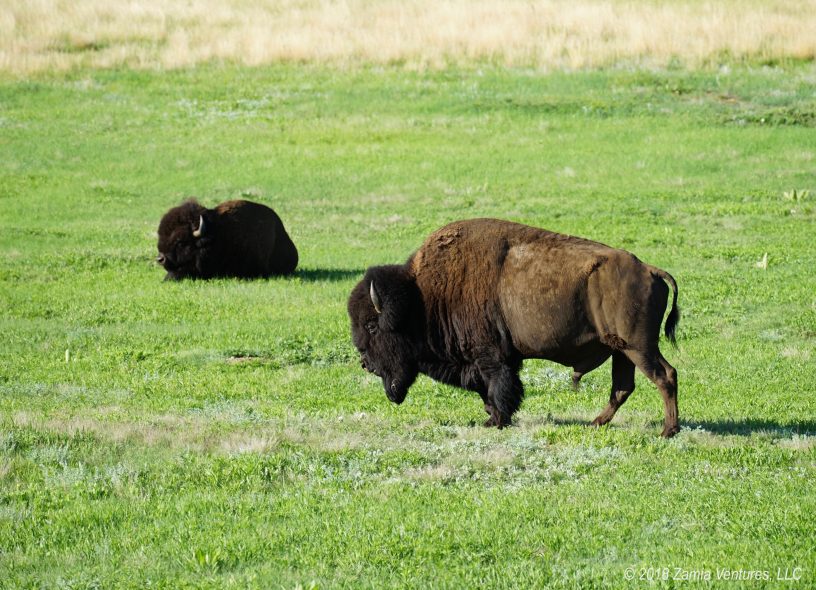
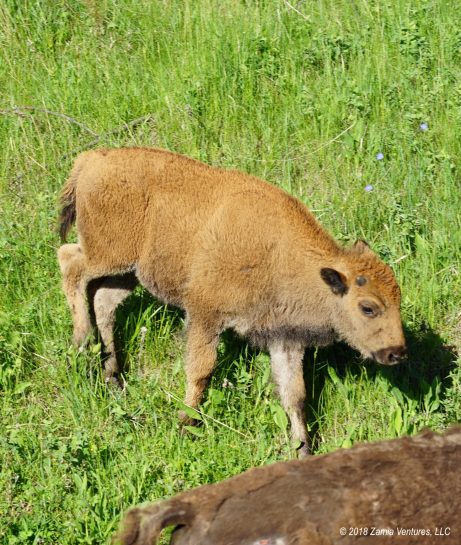
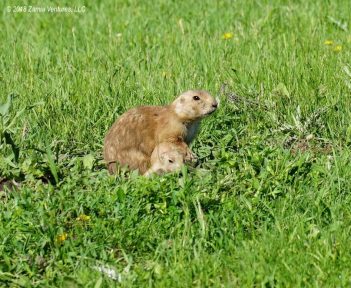
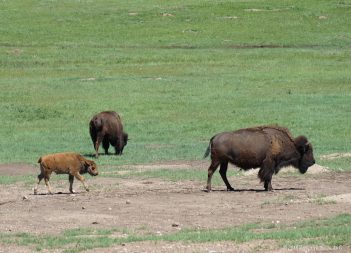
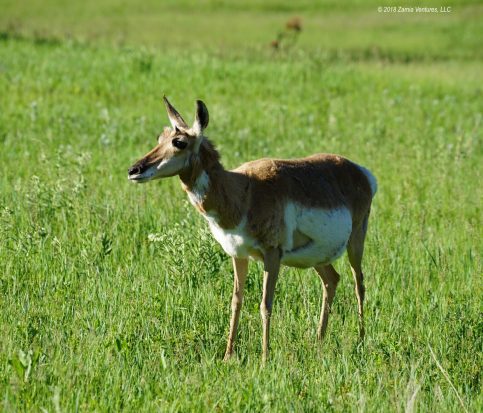
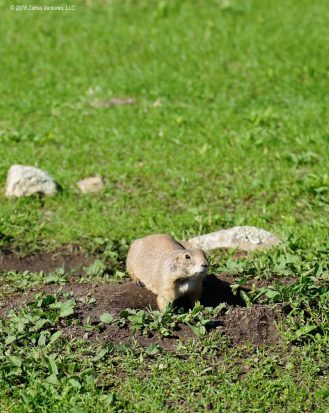
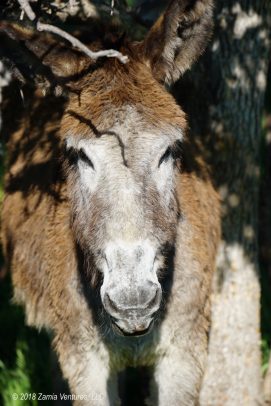
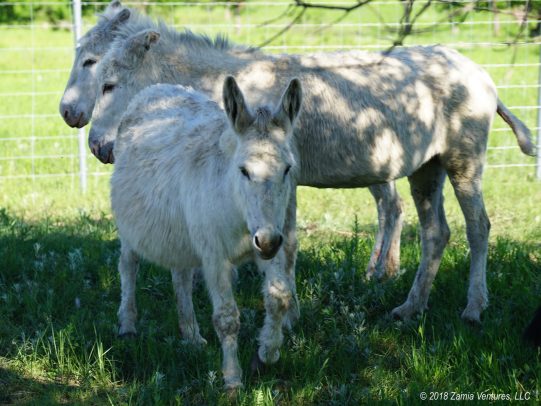
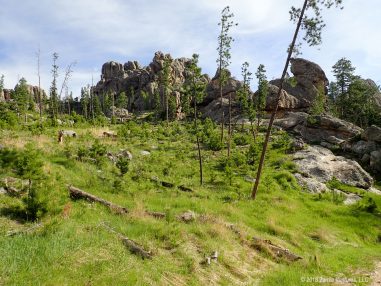
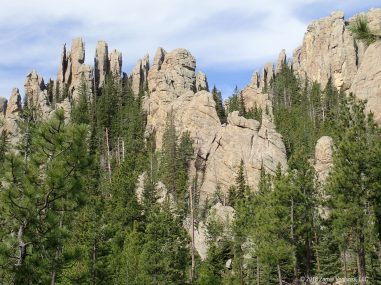
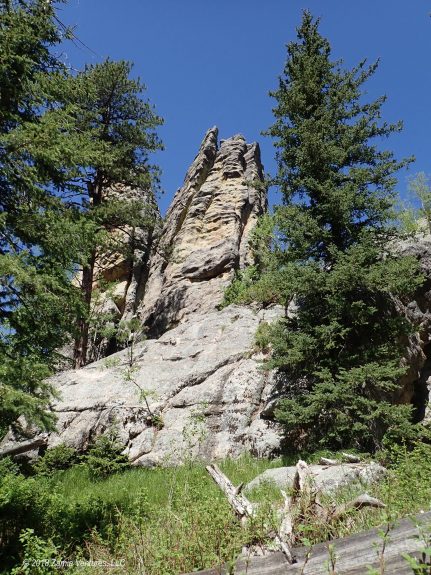
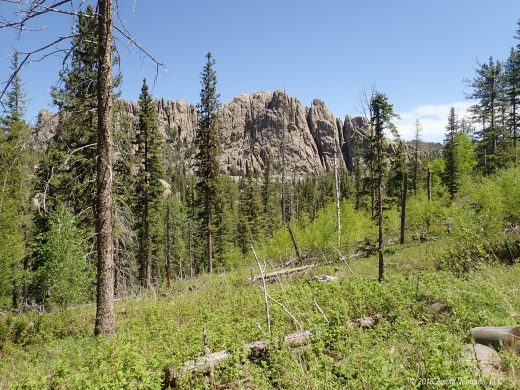
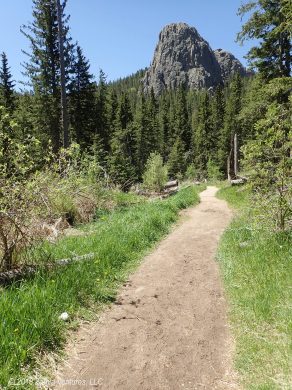
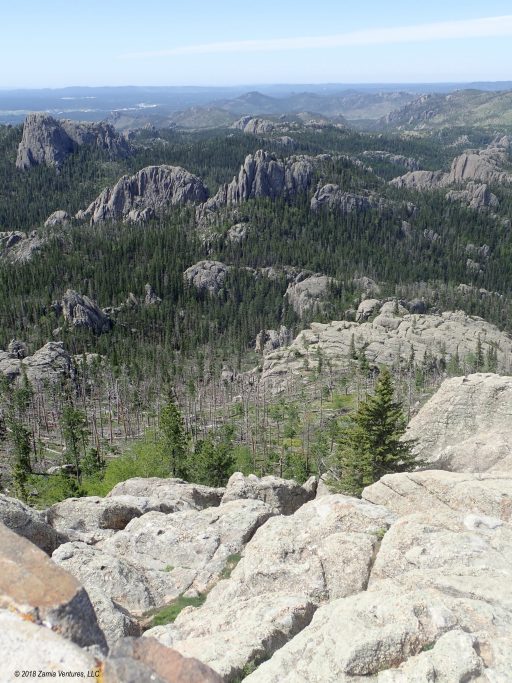
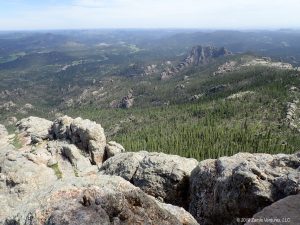
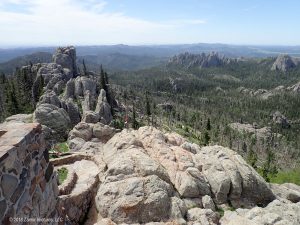
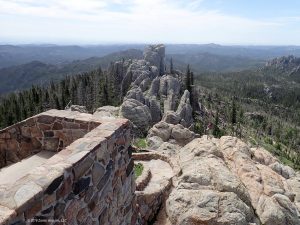
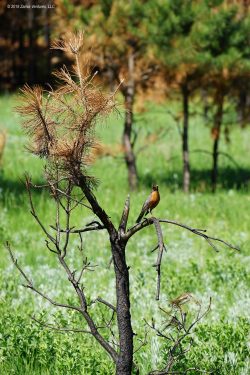
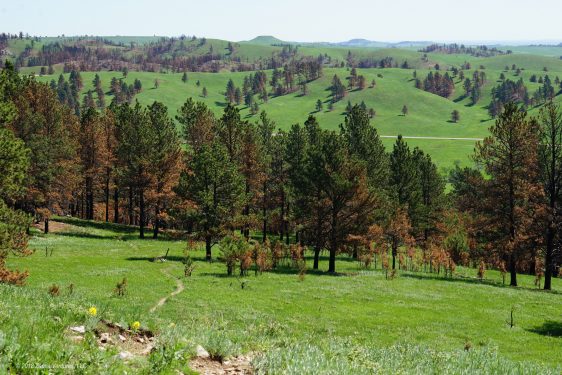
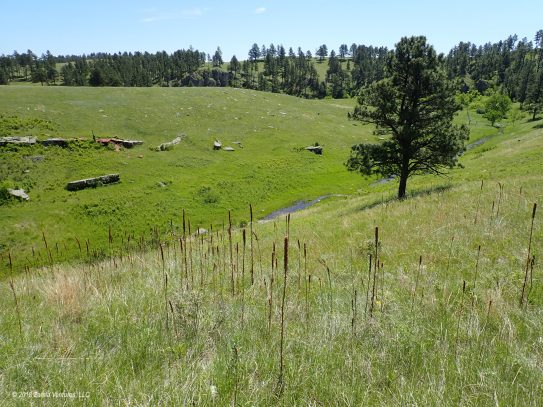
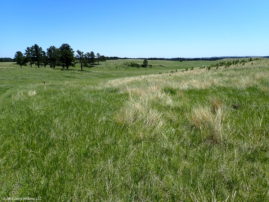
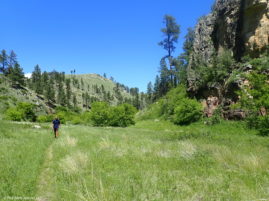
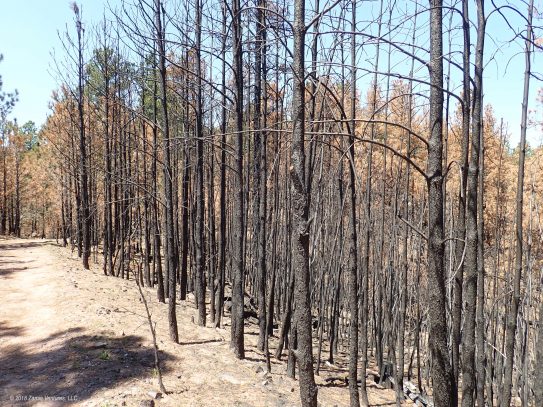
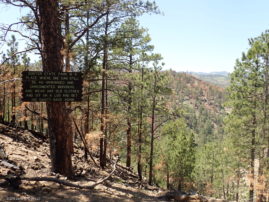
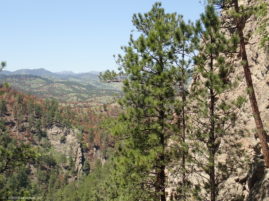
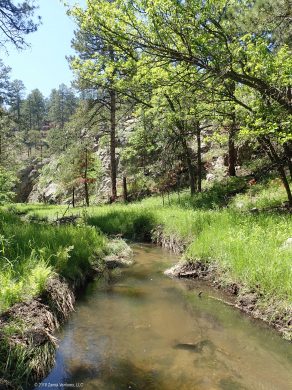
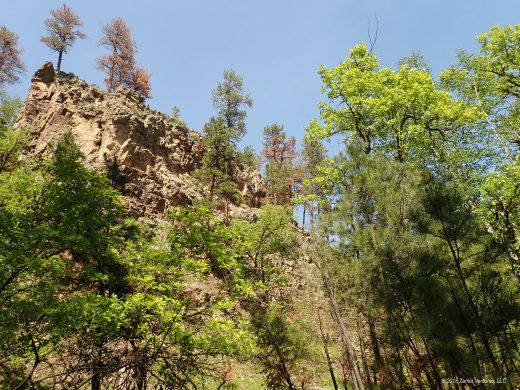
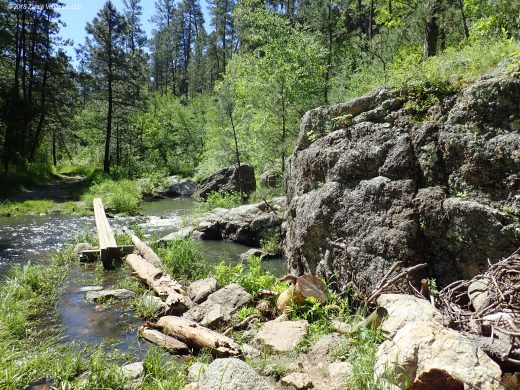
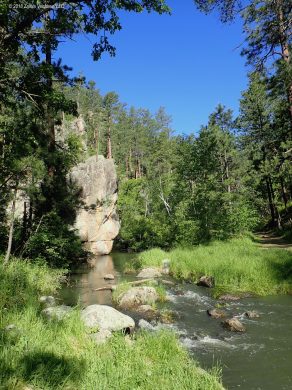
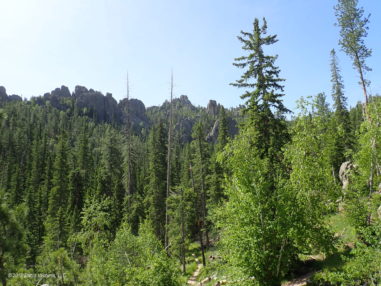
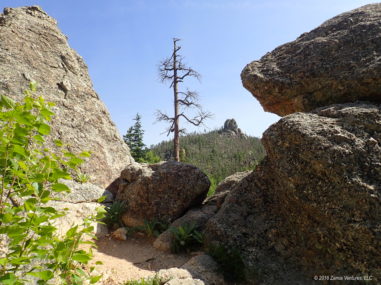
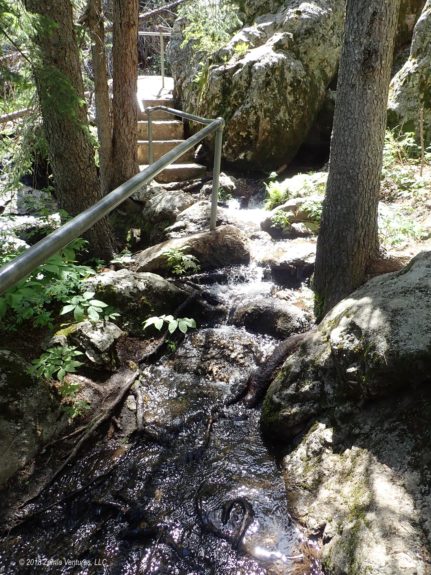
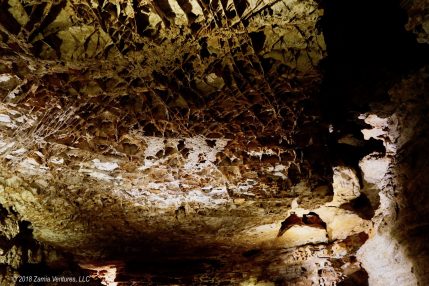
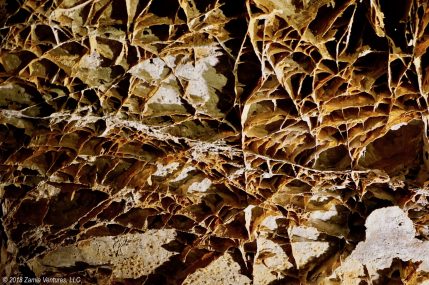
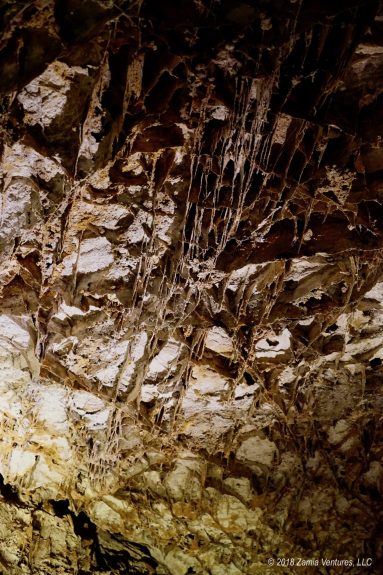
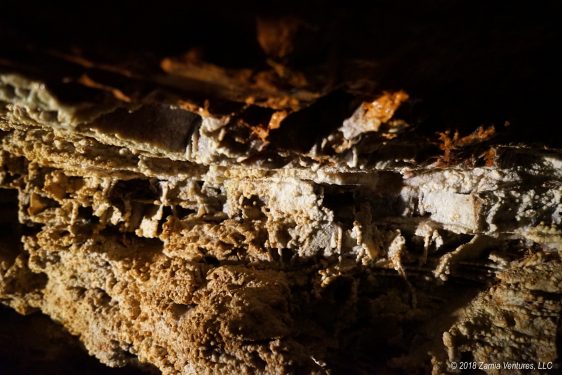
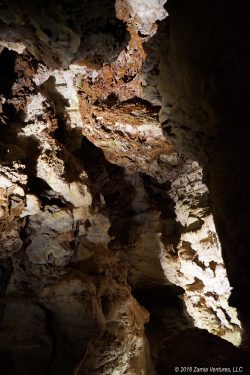
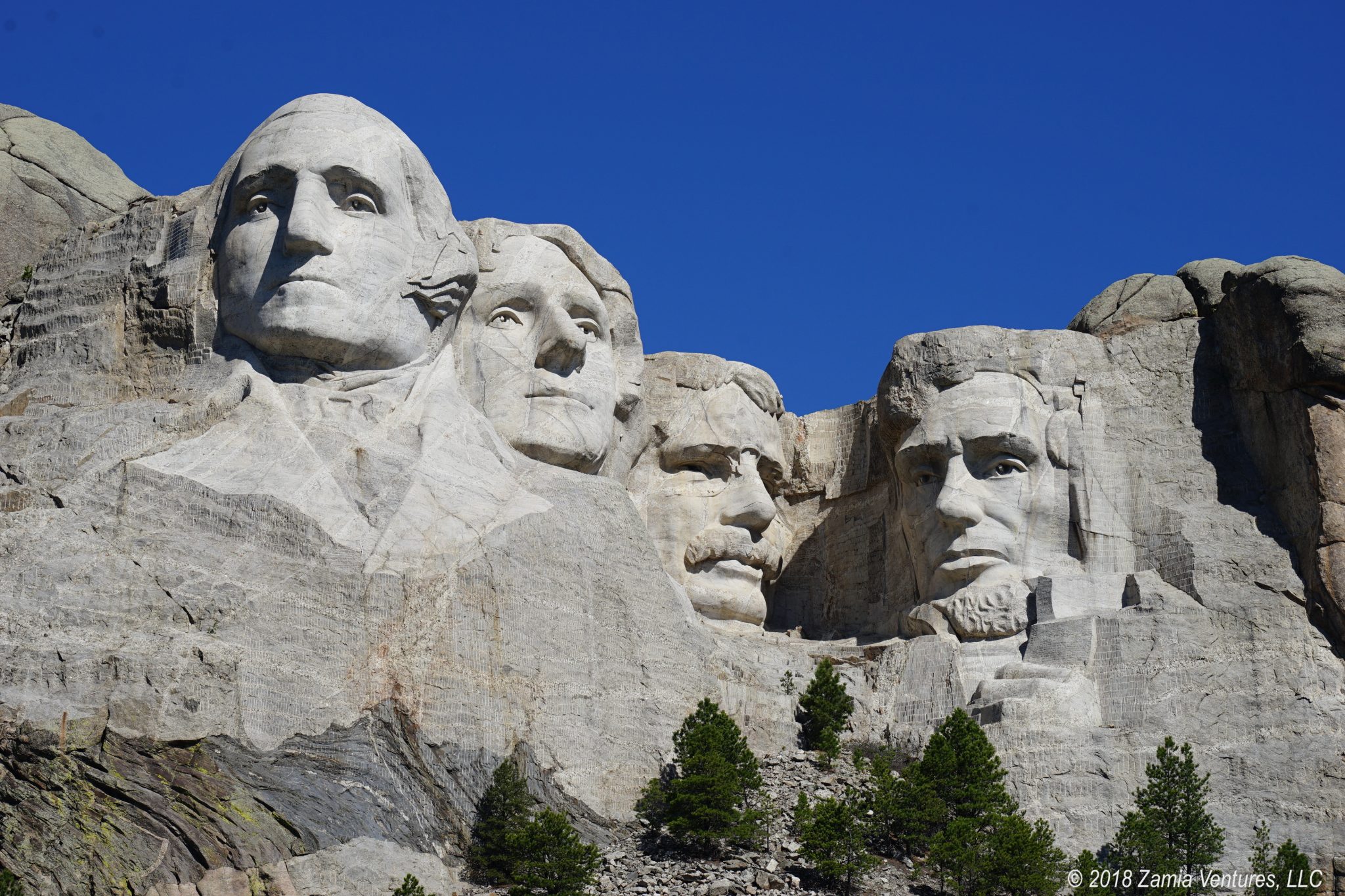
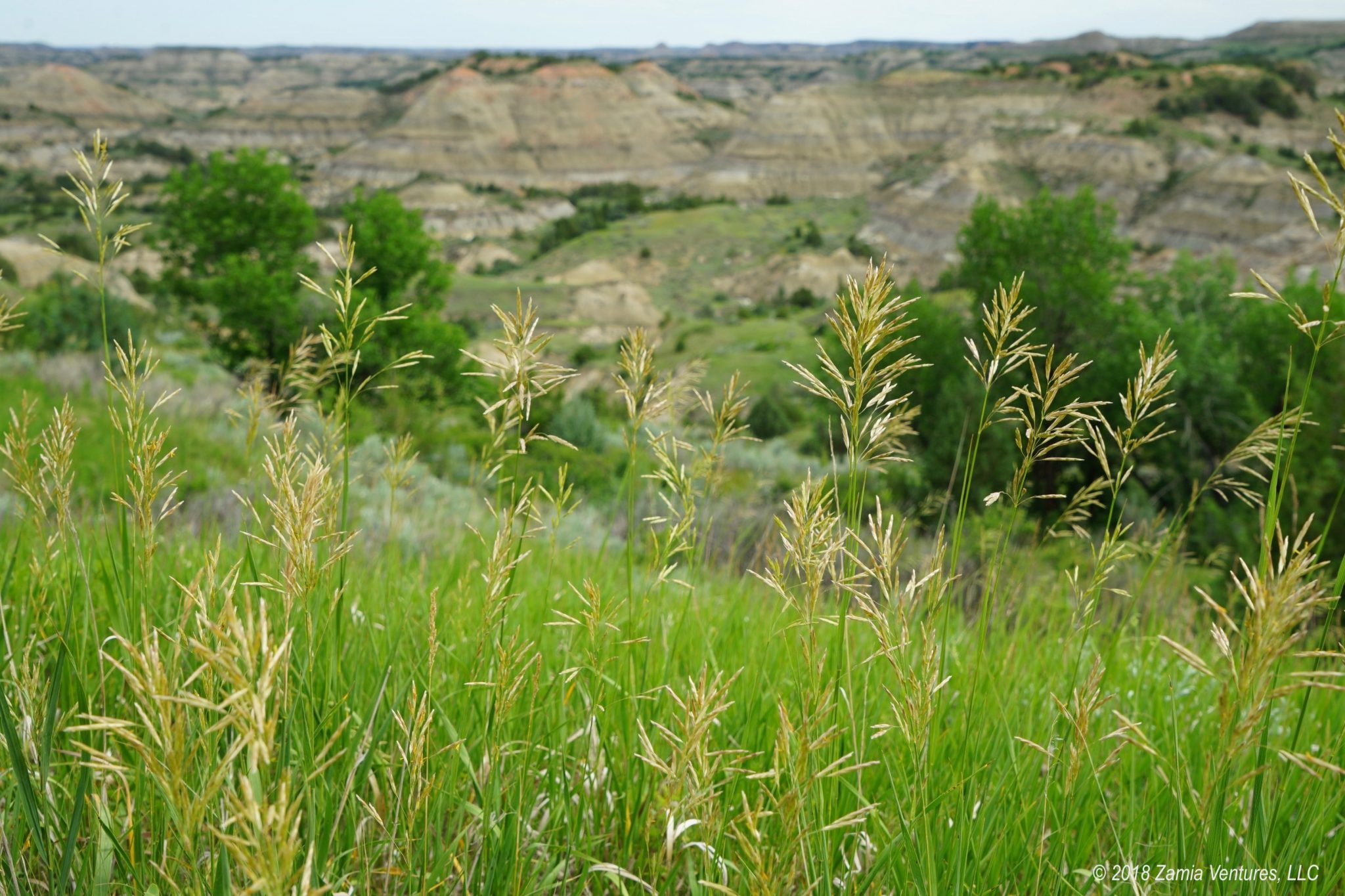
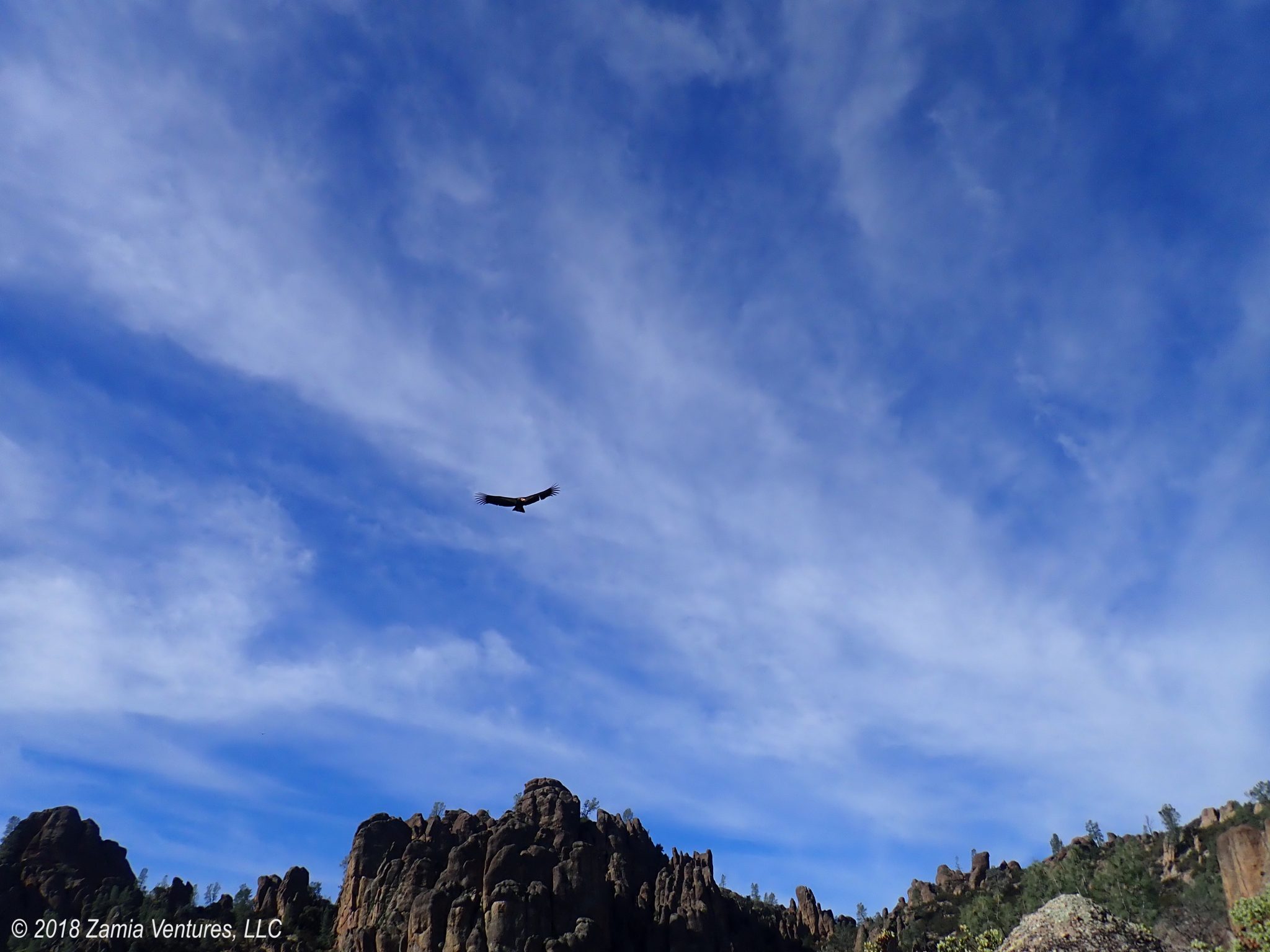
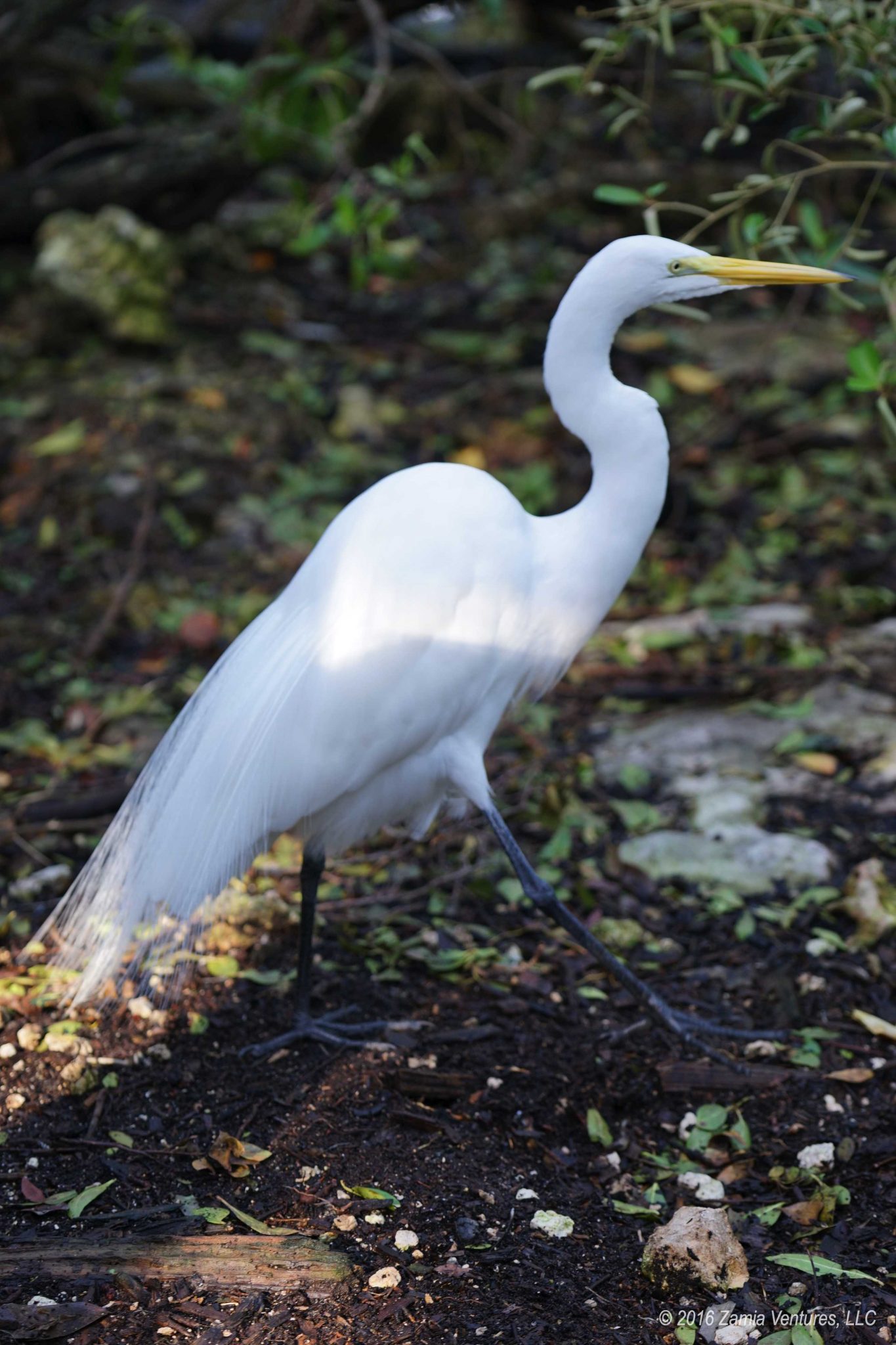
What stunningly beautiful countryside! Never knew South Dakota had such beauty and was so popular as a vacation destination.
Your animal pictures are amazing- what an opportunity to observe the wildlife.
Thank you!
It was ridiculously difficult to limit the photos in the post to around 50. There was just so much variety in the scenery here.
A small word for big beauty = WOW!!!! Plus, love your “travel thoughts” lesson – – figure out what works best for you (and, yes, avoid the retail tourist “stuff”). Thanks so much for sharing your inspiring adventures with us.
Here’s hoping we can really follow the hard-won lesson. It’s so easy to get pulled into things we wouldn’t really enjoy just because they are listed in every travel guide and advertise relentlessly.
Loved South Dakota. Pictures are wonderful, especially the prairie dogs. Hope you are headed to Devil’s Tower in Wyoming next. An awesome site from miles around.
Yes, Devils Tower is next!
especially liked Centennial Trail Loop – very scenic. Kids liked baby bison. Great wildlife pics …the zoom comes in handy.
The funny thing is that I barely needed the zoom, since all the wildlife was basically sitting in the road posing for me. The only critters where zoom is really needed is the prairie dogs, since they are skittish and run into their burrows when people approach.
Agree 100% on your travel thoughts. We’ve started skipping more and more of the ‘places you HAVE to go,’ because we know we’ll hate the experience. This is your life, not a vacation and you can save yourself a lot of cash and heartburn by sticking with what makes you happy, not everyone else.
This whole area of the country looks absolutely stunning and exactly what I’m in the mood for right now. A sea of green, big trees, and lots of wildlife. Thanks for the tour. This one is moving toward the top of our list now.
If you can get reservations in Custer State Park I think the Game Lodge and Legion Lake campgrounds would work best for your size rig, at least of the campgrounds we saw.
I think the two major trends in our travels right now are (i) ignore popular stuff and just do what interests us and (ii) slow down to really savor the whole experience. We just spent two full days at Devils Tower, a place that many people see in an hour (or less!). So far, it’s working great.